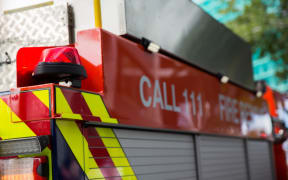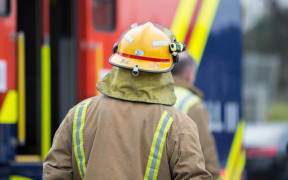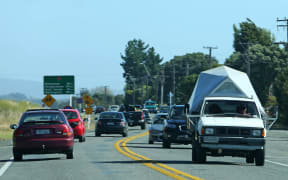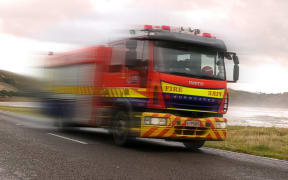The Fire Service has been forced to recall helmets, chemical splash suits and high pressure hoses because of faults and complaints from firefighters.
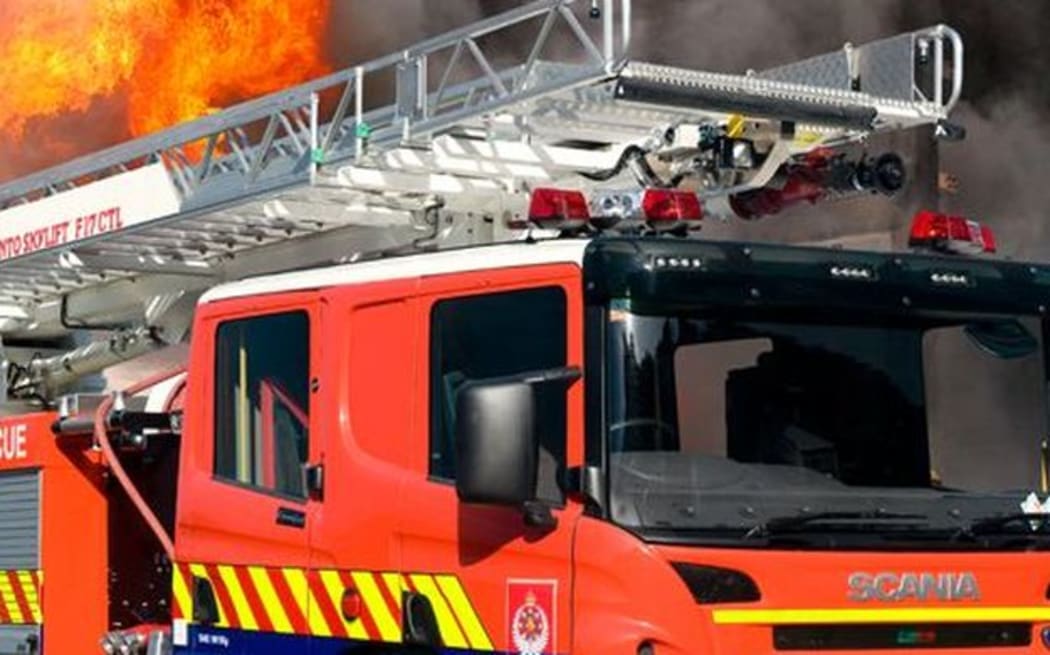
Photo: SUPPLIED / NZ Fire Service
More than 300 helmets have been recalled for adjustments after complaints that they did not fit or balance well.
The number of chemical splash suits carried on fire trucks was halved after it was discovered that the gloves lasted only a fraction as long as they were meant to.
And high-pressure hoses had to be fixed after firefighters found they were kinking and could not be used inside house fires.
The issues have arisen alongside complaints about a new generation of fire truck, the MAN T3s.
Complaints about the trucks have prompted the Fire Service to wait for more fixes and testing before it decided on whether to introduce another 20.
In response to an Official Information Act request, the service has now revealed it has had problems with several other purchases.
The manufacturer of its protective suits had estimated they would have a 10-year life span, but the gloves welded to them lasted only three or five years.
The Fire Service said it was considering further testing to verify if the gloves would last longer than five years, but in the meantime it has removed 2000 of them from about 450 trucks.
It reviewed usage of splash suits and decided not to deploy them on more than 300 trucks, replacing some suits, concentrating them in areas where they were most likely to be needed.
While the Fire Service was not considering cancelling the 2008 contract with German company Drager, the suits' life span was likely to be a factor in future procurement processes.
"Approximately 1705 suits (out of 2645) were removed from appliances as their age exceeded the five-year threshold, with a further 249 expiring throughout 2015," it said.
"This created a shortfall and an analysis was undertaken of actual splash suit usage over a period of five and half years. This analysis identified that there are approximately 60 incidents each year where splash suits are worn, averaging three suits per incident.
"Most of the incidents occur around population centres, transport hubs, and specific local sites. The remaining suits were re-allocated to where they are most likely to be needed."
It said 1221 suits were now deployed on 346 appliances, compared to 2654 on 654 trucks before the changes.
The Professional Firefighters Union and the United Fire Brigades' Association said they did not wish to comment.
More than 300 helmets were adjusted after complaints from firefighters about how hard they were to wear, including heat build-up, difficulty with hearing and the wearing of protective ear muffs, as well as problems with the helmets' weight and balance.
The Fire Service said an adjusted neck protector could be retro-fitted and were being fitted as standard for new helmets.
It said its staff found high-pressure hose reel tubing was twisting, loosening hose couplings, but a fix had been found.
Tests undertaken during the purchasing process did not identify the problems that came to light after it was introduced operationally, it said.
The service declined to reveal how much it had spent on the equipment, some of which was covered by warranty, citing commercial confidentiality.
It had so far paid $12,000 to adjust the helmets.
Operations manager Paul Turner said: "They are the government procurement guidelines that we have to follow and we don't really have any say on that.
"As long as we publish our operational specifications correctly, we get the right stuff, and it is just a matter of thoroughly testing it before it goes into the frontline.
"So we are working on better ways of testing equipment and we have a pretty good standard now."

